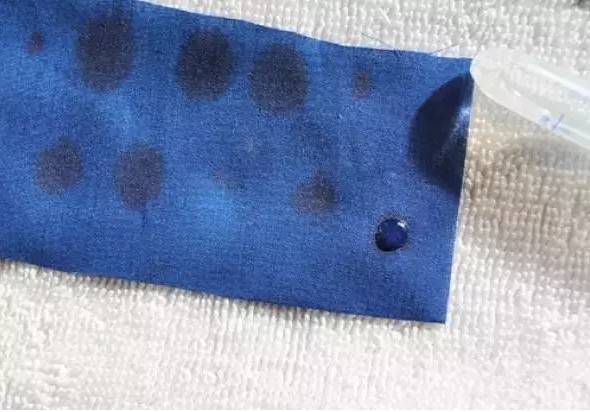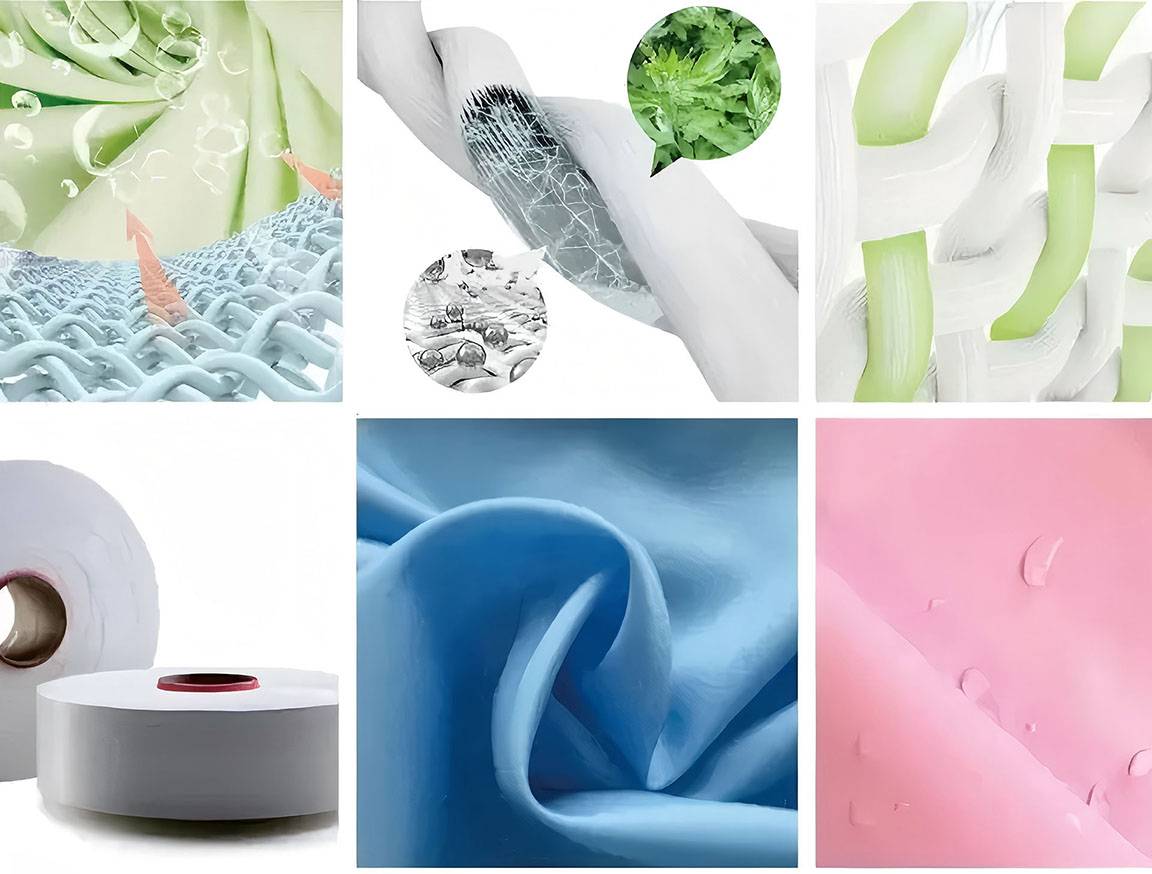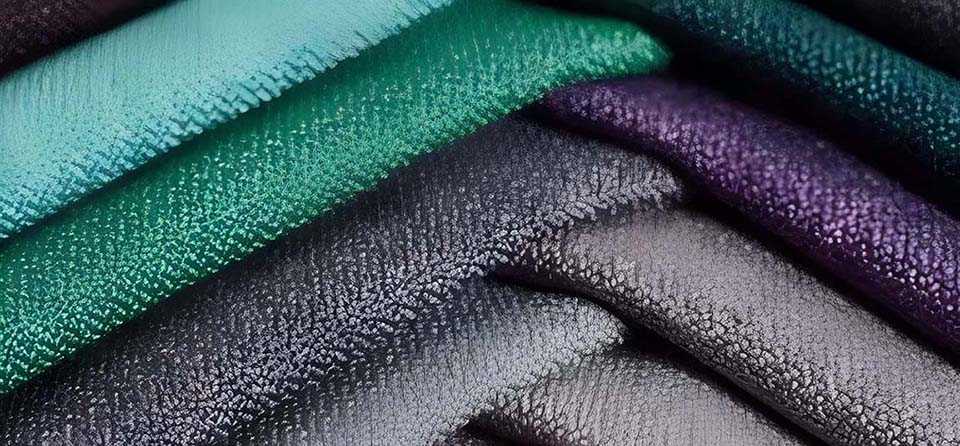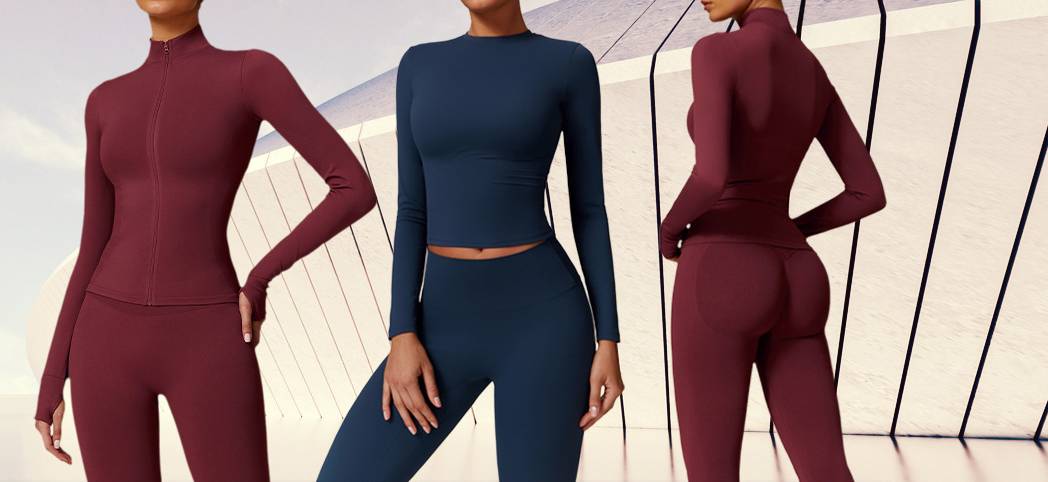Essential characteristics & Innovation about active wear fabric
 2024-12-27
2024-12-27

 Sansansun
Sansansun
INTRODUCTION:

The wrong fabric choice transforms an energizing workout into a frustrating ordeal. The variety of Active wear fabric types makes picking the right active wear material trickier than ever. Today's options range from moisture-wicking synthetics to creative fabric blends. Activity type, intensity level, and environment determine the best fabric choice for sportswear.
Key Properties of Performance Fabrics

Weight and thickness factors
GSM (grams per square meter) measures fabric weight in active wear. Light fabrics typically range from 30-150 GSM, medium weight fabrics from 150-350 GSM, and heavyweight options exceed 350 GSM .Our recommendations based on activity type:
*Lightweight (30-150 GSM): Best suited for workout tops and summer gear
*Medium weight (150-350 GSM): Works great for year-round active wear
*Heavyweight (350+ GSM): Suits compression wear and winter gear
Durability considerations
Nylon proves more durable than polyester, making it ideal for high-impact workouts. Quality active wear fabric should withstand at least 10,000 double rubs on the Wyzenbeek scale for regular use. High-impact activities need 30,000 double rubs.Modern athletic fabrics offer amazing compression benefits. These materials help with recovery and performance by reducing muscle soreness and exercise-related swelling. This becomes especially important when we have regular intense training sessions.
Breathability mechanisms
Breathability in active wear fabrics comes down to moisture vapor transmission rate (MVTR).
The fabric needs a humidity difference between its two sides to breathe properly. The fabric's structure matters too - materials with many small pores breathe better than those with fewer openings. Modern active wear fabric uses specialized treatments to boost breathability .This technology combined with proper moisture management helps control body temperature during intense workouts.
Comfort Features and Technologies

Temperature regulations system
Temperature control makes a huge difference in active wear fabric performance. We’ve seen amazing advances in thermoregulatory clothing that adapts to temperature changes between 15°C and 35°C within seconds. These smart fabrics can expand our comfort zone more than 2°C on both cold and hot sides, which we find fascinating.
Anti-chafe properties
Our experience with sportswear fabric types shows that preventing chafing help stay comfortable during long workouts. Modern athletic wear prevents chafing through:
*Smooth seams and proper fit to stop rubbing.
*Moisture-wicking properties to keep skin dry.
*Synthetic materials that create a friction-free surface.
Compression benefits
Compression technology in active wear fabric has grown to benefit athletes and fitness fans alike. Compression clothing raises local skin temperature and makes muscles feel less sore after exercise. While compression garments don't directly increase strength, they boost blood circulation for better muscle support and stability.
Conclusion

Your fabric choices become more significant as workouts get tougher. We have found that matching fabric types to specific activities works best. Everyone want lightweight, breathable materials for high-intensity training and compression wear for strength sessions.
Quality active wear is a solid investment in fitness trip. The right fabric technology will boost our performance and make our workout gear last longer. This knowledge about fabric technologies methods will help make smarter choice.

 Inquire(
Inquire(
 HOME
HOME The Rise Of Customization Sportswear: Where Fashion Meets Functionality
The Rise Of Customization Sportswear: Where Fashion Meets Functionality  You May Also Like
You May Also Like






















 Tel
Tel
 WhatsApp
WhatsApp
 Email
Email
 Address
Address






